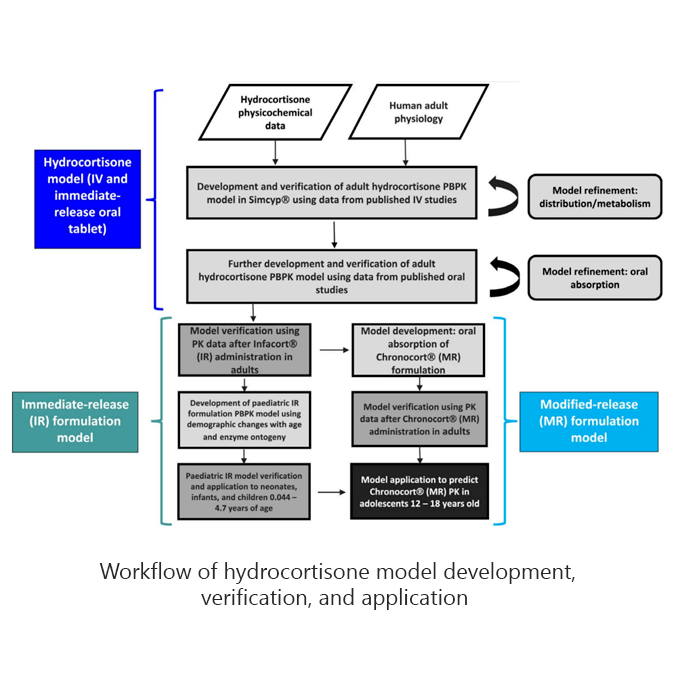Congenital adrenal hyperplasia (CAH) affects about 400,000 patients worldwide. Current therapy for CAH uses a variety of generic glucocorticoid steroids (including hydrocortisone, dexamethasone, prednisolone, and prednisone in the US) with no standard treatment regimen. The cortisol deficiency and over-production of male sex hormones caused by CAH can lead to increased mortality, infertility, and sexual development issues. Sufferers, even if treated, remain at risk of death from an adrenal crisis.
In July 2021, the European Commission (EC) approved the marketing authorization for Efmody® (hydrocortisone modified-release hard capsules – development name Chronocort®) to treat adult and adolescent patients (12 years and older) with CAH. Efmody contains the active substance hydrocortisone and is a hybrid medicine, meaning it has a different use and is available in different strengths as capsules formulated to release the active substance over a prolonged period (modified release).
To facilitate clinical development, Certara scientists used the Simcyp Simulator to perform physiologically-based pharmacokinetic (PBPK) modeling and simulation for the endogenous hormone cortisol (hydrocortisone) in healthy adults and children and adults with adrenal insufficiency. The model predicted immediate-release hydrocortisone pharmacokinetics in adults across the dose range. The model also accurately predicted pharmacokinetic parameters for modified-release formulations after single and multiple dosing. Predicted modified-release formulation pharmacokinetics (PK) in 12 to 18-year-olds was like adults.






